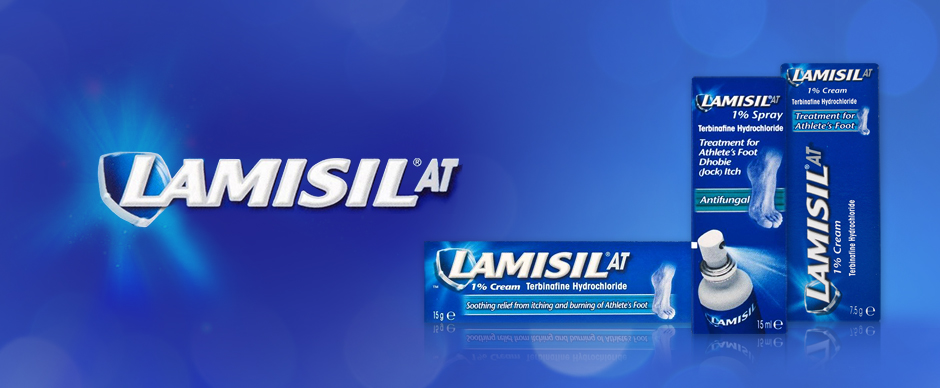
Treating athlete’s foot & prevention techniques
Treating athlete’s foot
Athlete’s foot will not disappear on its own, but there are nonprescription antifungal medications available to treat most infections. By treating your athlete’s foot with an antifungal cream, gel, spray, or powder, and by paying attention to a few dos and don’ts, you can treat your athlete’s foot – and ensure a full and quick recovery.

If you have the signs and symptoms of athletes foot, you’ll need an antifungal medication to treat it. Most infections respond well to non-prescription medications, so your first stop should be at your pharmacy. Here you can choose between the treatment forms – gel, spray, cream, or powder – and treatment duration. Identify your needs and select the product that fits your lifestyle best.
Dos and don’ts
When you have athlete’s foot, there are some clear dos and don’ts you should follow to ensure a full and speedy recovery.
Do use your medication for the correct duration. Refer to the packaging for instructions on the length of treatment.
Don’t stop using the antifungal medication just because the symptoms are gone.
Do look for the best treatment for you. For example, if you feel that treatment disrupts your routine, consider using a product that is applied only once.
Do inform yourself about athlete’s foot prevention and about happy, healthy feet.
Do keep your feet dry – especially the spaces between your toes
Do seek the help of a doctor if you have reoccurring infections, or one that does not respond to treatment.
Don’t try to treat your athlete’s foot with a moisturiser: only an antifungal agent can treat it.
Don’t forget: athlete’s foot is a common foot condition that millions of people face.
Do treat both feet – in 80% of all cases, both feet are infected.
Do remember that athlete’s foot can be treated.
When to see your doctor
Most cases of athlete’s foot can be successfully treated with a nonprescription treatment available in your pharmacy. If you try a non-prescription antifungal medication and the symptoms don’t improve or get worse, visit your doctor. Also contact your doctor if you develop any new symptoms, such as swelling, extensive redness, or weeping. Remember, diabetics should immediately see their GPs if they have the signs and symptoms of athlete’s foot.
How can I prevent it?
Prevention of athlete’s foot begins with good, regular self-care. This includes drying your feet well after bathing, not wearing the same shoes every day so they have adequate time to dry out, wearing cotton socks and changing them every day.
If you’ve contracted athlete’s foot, there are steps you need to follow to prevent re-infection. This includes completing the entire course of treatment with an antifungal medication as directed, using separate towels to dry the infected areas of your feet, and washing all shoes, socks, cloths, and bed sheets at 60º C/140º F and with bleach to thoroughly kill the fungus.
You can help prevent athlete’s foot by:
- Washing your feet daily, including the area between your toes, with warm water and a gentle soap
- Drying them well afterwards, paying special attention to the area between your toes
- Changing your socks every day (twice if you’re prone to sweating) and washing dirty ones at 60º C
- Wearing socks made of natural, breathable materials, such as cotton or wool
- Letting your feet breathe by wearing light, open shoes or sandals
- Giving your shoes at least 24 hours to dry out before wearing them again
- Protecting your feet in public swimming pools or showers by wearing flip-flops
- Using talcum powder on your feet to minimize moisture
- Staying in good overall health, including eating right, and exercising regularly
- Treating your shoes with an antifungal agent if you’ve had an infection
- Not sharing shoes, towels, or socks with others
Check out Lamisil products here at Chemist Direct!

